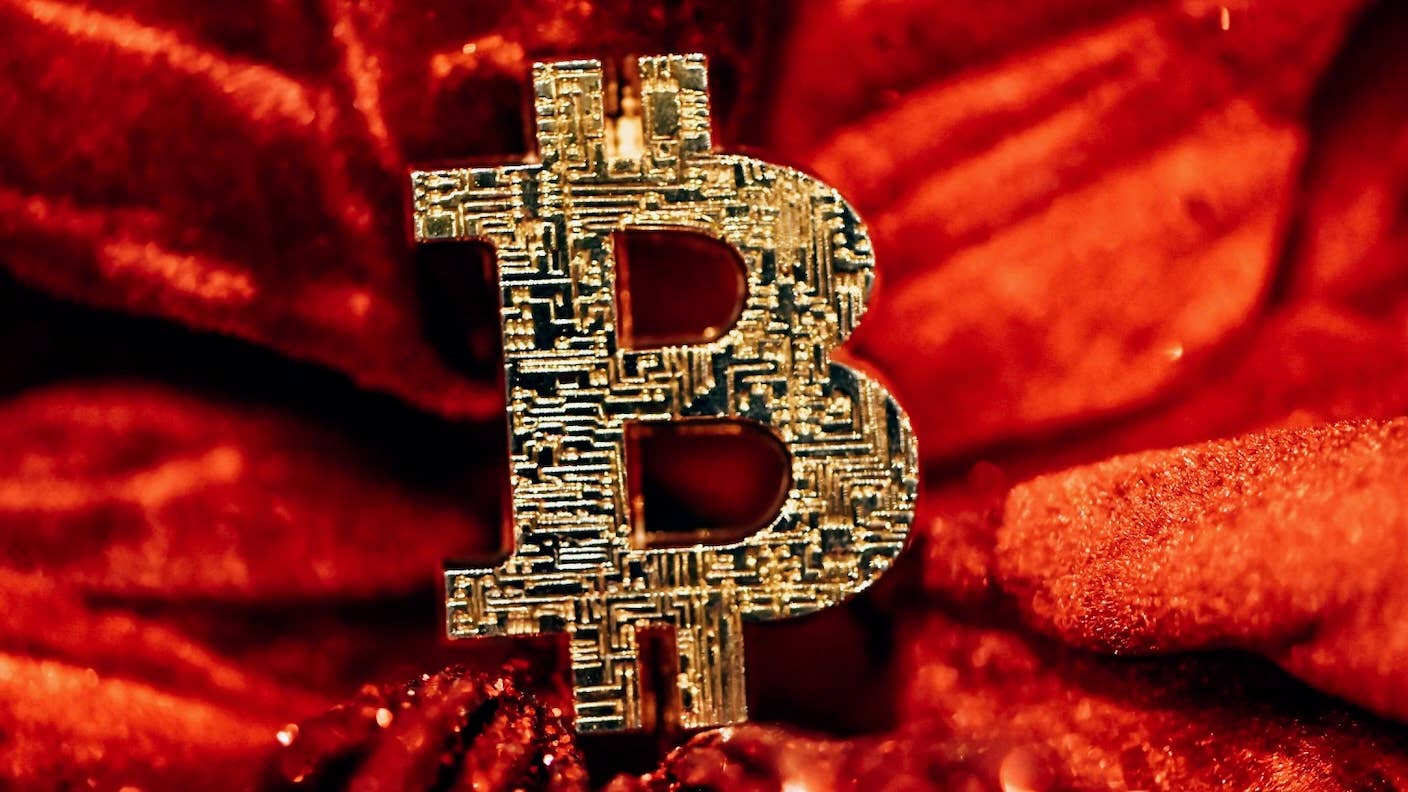Bitcoin Miners Flush With Chips Are Pivoting to AI in Search of New Riches

Share
As the bitcoin gold rush dries up, crypto miners are finding it hard to make ends meet. But for many there's a silver lining—the facilities they've set up are perfect for Silicon Valley’s latest obsession with artificial intelligence.
Crypto mining can be a profitable but highly volatile endeavor. It involves creating massive datacenters packed with specialized computer chips and using them to solve the mathematical puzzles underpinning the security of various cryptocurrencies. In exchange, the miners win some of that cryptocurrency as a reward.
Most miners make the bulk of their money from bitcoin. But earlier this year, an event called “the halving” seriously hit earnings. Every four years, the bitcoin protocol halves the mining reward—that is, how much bitcoin miners receive in exchange for solving math puzzles—to increase the scarcity of the coin. Normally, this causes the price of bitcoin to jump in response, but this time around that didn't happen, severely impacting the profitability of miners.
Fortunately for them, another industry with a voracious appetite for computing has arrived just in time. The rush to train massive generative AI models has left companies scrabbling for chips, datacenter space, and reliable access to large amounts of cheap power, things many miners already have in abundance.
“It [normally] takes 3-5 years to build an HPC-grade data center from scratch,” JPMorgan analysts wrote in a recent note, according to the Financial Times. “This scramble for power puts a premium on companies with access to cheap power today.”
While crypto mining and training AI aren’t exactly the same, they share crucial similarities. Both require huge datacenters specialized to carry out one particular job, and they both consume large amounts of power. But because miners have been playing this game for a long time and most AI companies have only started trying to train truly massive models since the launch of ChatGPT less than two years ago, the companies have a big head start.
They’ve already spent years scouring the country for places with abundant cheap power and plenty of space to build large datacenters. More importantly, they’ve already gone through the time-consuming process of getting approvals, negotiating power licenses, and getting the facilities up and running.
The rapid expansion in demand for AI training is straining grids in some areas, and so, many jurisdictions in North America have implemented long waitlists for new datacenters, according to Time. Already, roughly 83 percent of datacenter capacity currently under construction has been leased in advance, says Bloomberg.
This means the biggest bottleneck for many AI companies is finding the hardware to train their models, and that presents a new opportunity for crypto miners. “You've seen a number of crypto miners that were sort of struggling that have actually made a full pivot away,” Kent Draper, chief commercial officer of crypto miner IREN, told Time.
Converting a bitcoin mine into an AI training cluster isn’t a straight swap. AI training is typically done on GPUs while bitcoin mining uses specialized mining chips from Bitmain. But often, it’s not so much the chips AI companies are after, but the infrastructure and power access the mine has already set up.
Be Part of the Future
Sign up to receive top stories about groundbreaking technologies and visionary thinkers from SingularityHub.


In June, crypto miner Core Scientific announced it would host 270 megawatts of GPUs for the AI infrastructure startup CoreWeave. “We view the opportunity in AI today to be one where we can convert existing infrastructure we own to host clients who are looking to install very large arrays of GPUs for their clients that are ultimately AI clients,” Core Scientific CEO Adam Sullivan told Bloomberg.
Some miners are also operating GPUs themselves. German miner Northern Data had been focused on mining the Ethereum cryptocurrency, but a major software update to the coin’s blockchain in 2022 did away with mining. Pivoting, the company purchased $800 million worth of Nvidia’s latest GPUs to launch a 20,000-GPU AI cluster, one of the largest in Europe, according to Bloomberg.
Other miners like Hut 8 and IREN are investing heavily in new chips to more proactively chase the AI boom. Often, AI training is happening side-by-side with crypto mining. “We view them as mutually complementary,” IREN’s Draper told Time. “Bitcoin is instant revenue but somewhat more volatile. AI is customer-dependent—but once you have customers, it’s contracted and more stable.”
This new trend could provide some modest environmental benefits too. People are concerned about the enormous power consumption of both AI training and bitcoin mining. If increasing demand for AI simply displaces existing mining infrastructure, rather than requiring new power-hungry datacenters, that could help curtail the growing carbon impact of the industry.
However, for miners, chasing the latest gold rush can be a risky strategy. There are growing concerns the AI industry is in a bubble close to bursting. If that happens, the rich new seam miners have started to tap could dry up very quickly.
Update 8/8/2024: The article previously stated Northern Data bought $800 million worth of new Nvidia chips to mine Ethereum and repurposed them to train AI models. However, Northern Data bought the chips exclusively for their AI business. The article has been updated to reflect this.
Related Articles

Your ChatGPT Habit Could Depend on Nuclear Power

AI Can Now Design Proteins and DNA. Scientists Warn We Need Biosecurity Rules Before It’s Too Late.

This Light-Powered AI Chip Is 100x Faster Than a Top Nvidia GPU
What we’re reading
